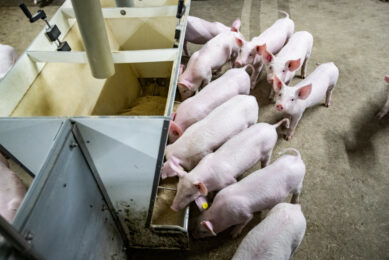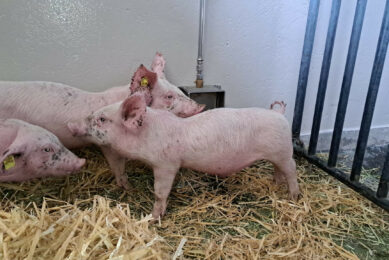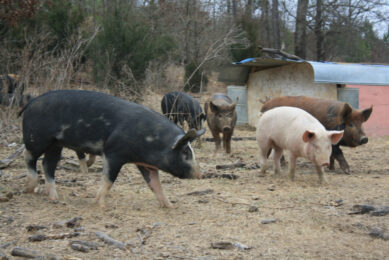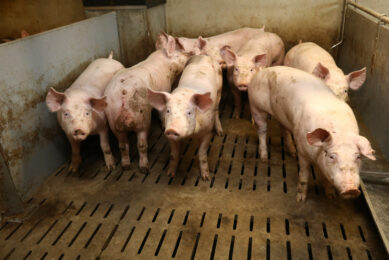Livestock diseases and civil unrest – a tricky balance
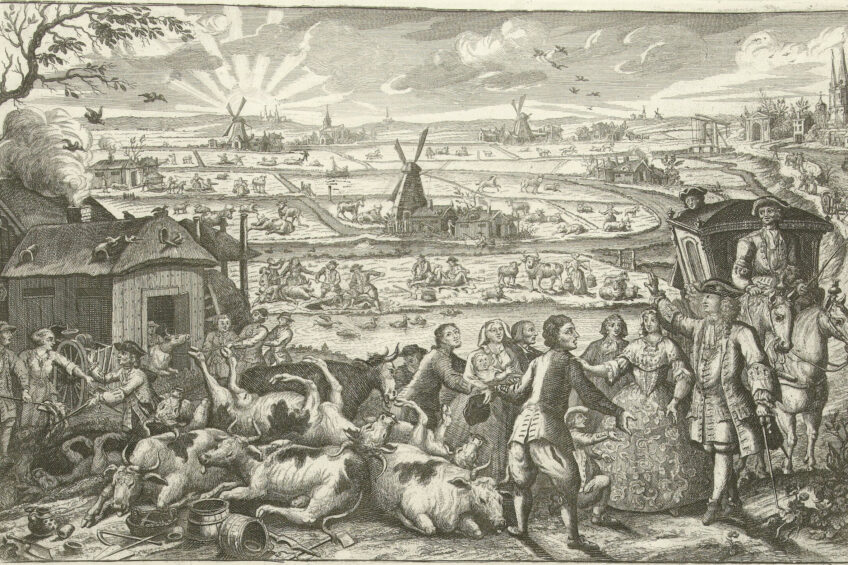
In the past, livestock diseases and societal unrest appeared to have a rather intricate relationship than one would think. And even though mankind managed to understand and grasp cause and effect better, we’re not there yet, writes Pig Progress editor Vincent ter Beek.
When walking through the historic inner city of Utrecht, the Netherlands, this weekend, I discovered a little monument I had never heard of before. In the city, in the years 1730-1731 there were severe trials and death penalties against 18 men committing sodomy – men loving men. At the time it was considered a crime for which only one sentence was appropriate. The men often secretly met in the ruins of what used to be the Utrecht cathedral church. Even their executions happened in secret – the authorities did not want members of the public to actually get new ideas.
Rinderpest and its effect on society
The reason why I share this on a pig website is that I started digging to learn more about the backgrounds. Somehow it reminded me of witch hunts, which had reached their zenith in Europe about one century prior. Often years of adverse socio-economic developments, including hunger, poverty as well as death, caused people to believe that black magic or the devil were involved. And indeed, in the years prior to 1730, all kinds of disasters had come to the Netherlands. People had grown desperate, in need of scapegoats. Naval shipworm was eating away the dykes, I read, frequent floods had come over the country, and the rinderpest had been wiping out a serious part of the country’s cattle population.
And this is where it gets interesting. In the mid-18th century, the disappearance of substantial parts of the country’s cattle inventory was not only a case of agricultural misfortune – no, it had much far-reaching consequences. Apart from an acute shortage of meat and dairy products as well as manure, farmers weren’t capable of paying their rent, land owners got into debt and necessary maintenance couldn’t be done. It led to years of serious misery. No wonder then, that people listened to preachers warning for divine anger, convinced that society was being punished for people displaying what they considered to be improper conduct.
Severe animal diseases but no disruptions
Fast forward to 2025. These days, the occurrence of severe animal diseases – however upsetting and heartbreaking they may be for individual farmers or agricultural communities – do not lead to severe societal disruptions like in the 18th century. We’ve seen it in recent times, even when 40% of China’s pig inventory was wiped out due to African Swine Fever, and pig prices rose, the Chinese population found a way. They chose to eat more chicken – or beef, or searched for other protein sources of animal or non-animal origin. In short, modern economies have grown robust and versatile and can deal with a temporary setback.
On top of all that, knowledge has also advanced. These days we know about viruses, bacteria and parasites, and increasingly understand that whatever misery enters a livestock farm, it can be explained – and solved! – by biology. Knowledge has even advanced so far that it helped us develop preventive medicine or advanced levels of biosecurity so risk of disease outbreaks can be minimised.
(Interestingly, I read, rinderpest was one of the main reasons to found the World Organisation for Animal Health (WOAH) and that same WOAH declared the disease to have been eradicated in 2011. It was known to also occur in (Asian) pigs and warthogs, but not to the same devastating effects as in cattle.)
Societal unrest and animal diseases
And that’s when it occurred to me that the opposite also held true: Not only have animal diseases led to societal unrest, completely the other way around is also true. In its last century of existence, rinderpest tended to flare up in areas of war or poverty – the last serious wave devastated cattle populations in 18 countries in Africa, including Ethiopia, Sudan and Chad, between 1975 and 1983.
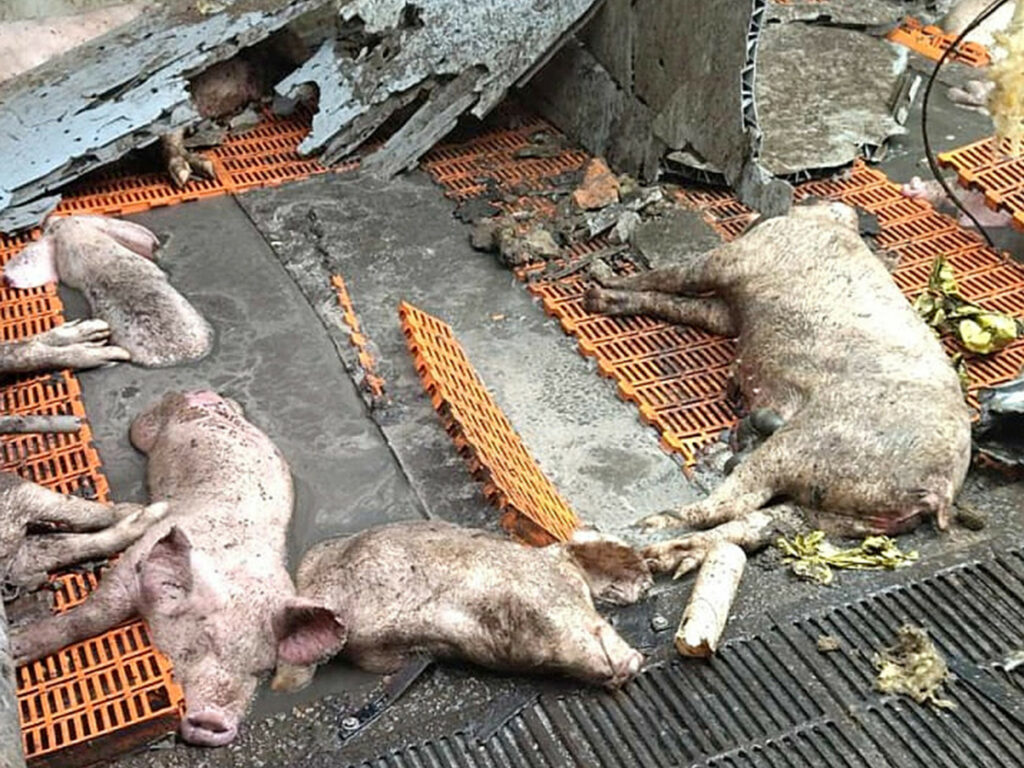
Pig examples are easy to find. One only has to think of Haiti – African Swine Fever is perhaps one of the lesser of their worries as they have severe poverty to deal with, the results of earthquakes, corruption and a recent political assassination. Ideal circumstances though, for (livestock) diseases to thrive. And it wasn’t a coincidence that the Spanish Flu in 1918 spread like wildfire across the globe in the First World War. The virus found its way easily in the chaos, and was helped by the trenches to spread fast.
So perhaps these days the effects of animal diseases on societies might somehow have been controlled, but how about the other way round?
What are the longer term effects of wars, chaos, poverty and revolutions on the spread, occurrence or re-emergence of new (animal) health problems? Another reason – as if we didn’t have enough already – to immediately stop fighting in Ukraine or Gaza.



